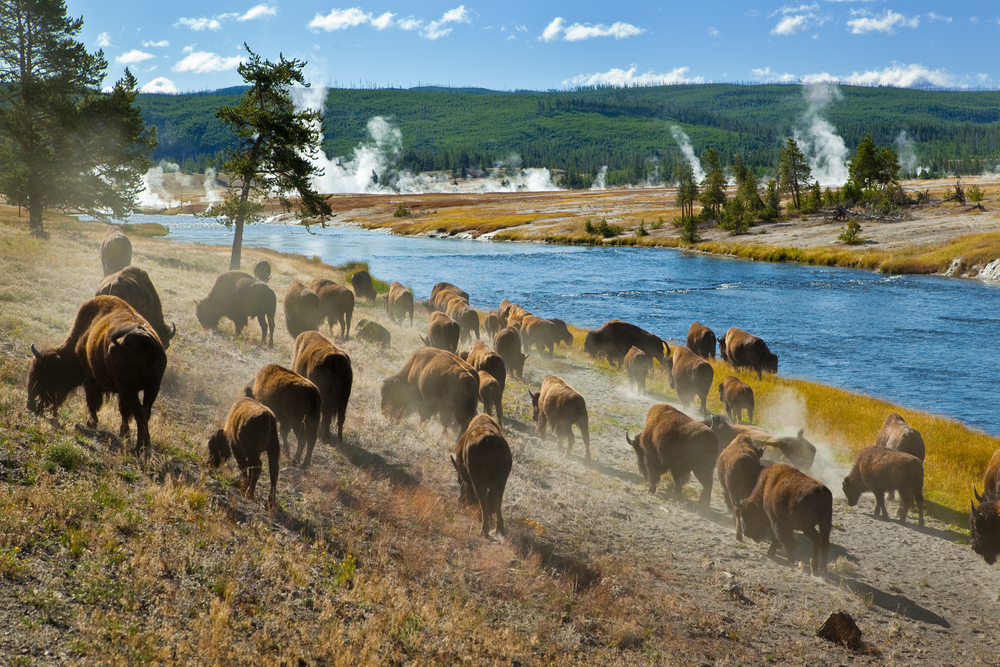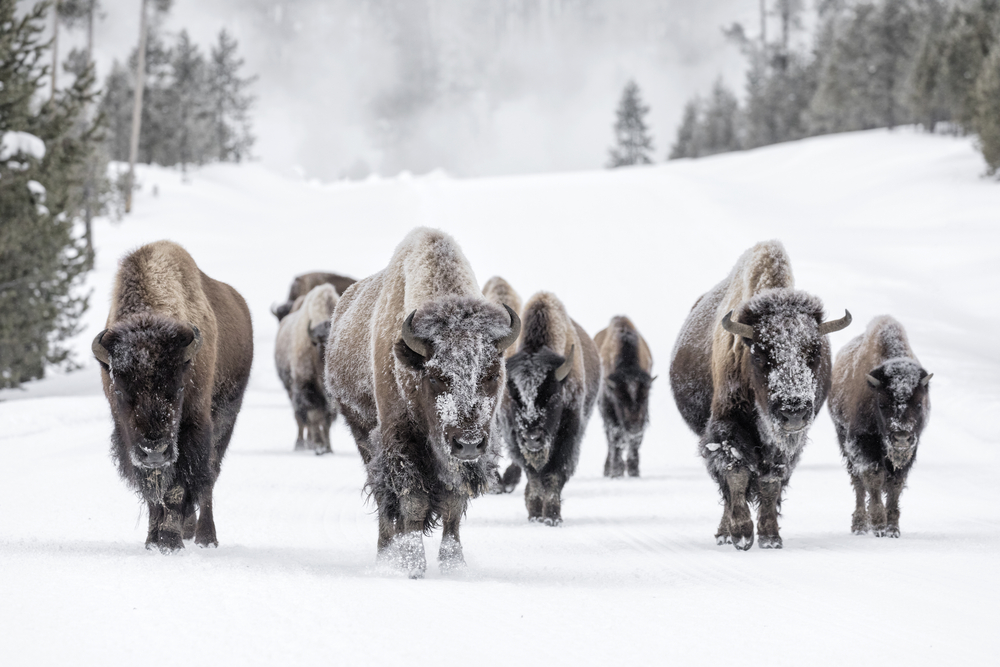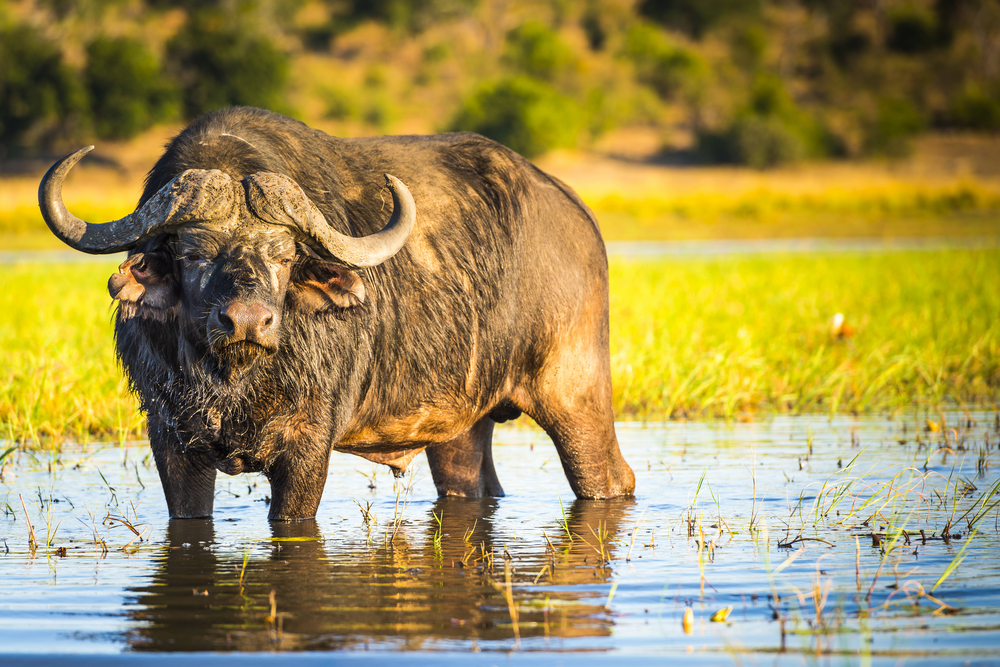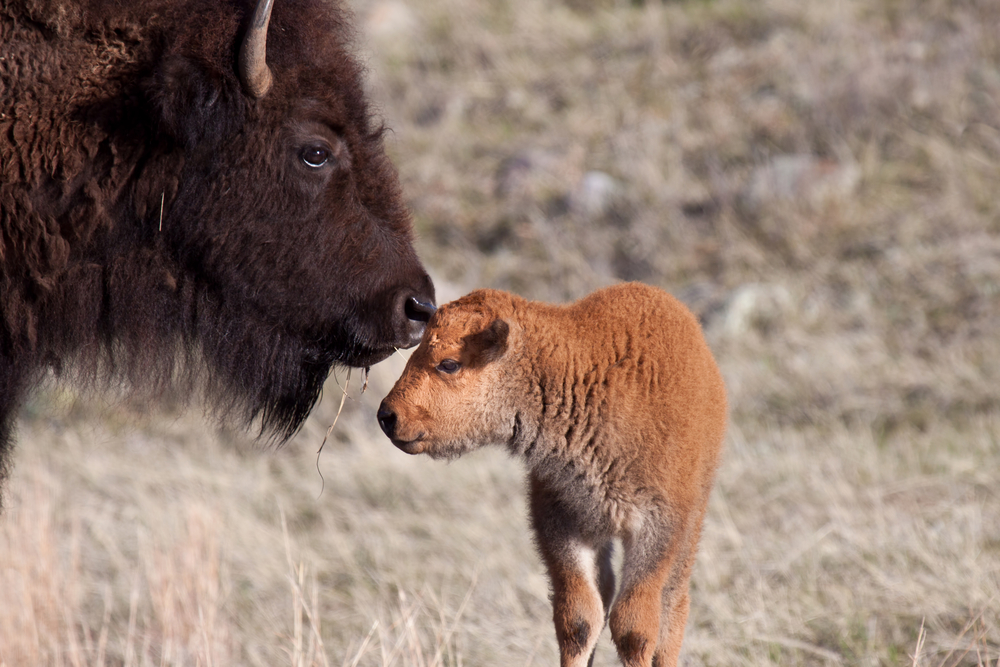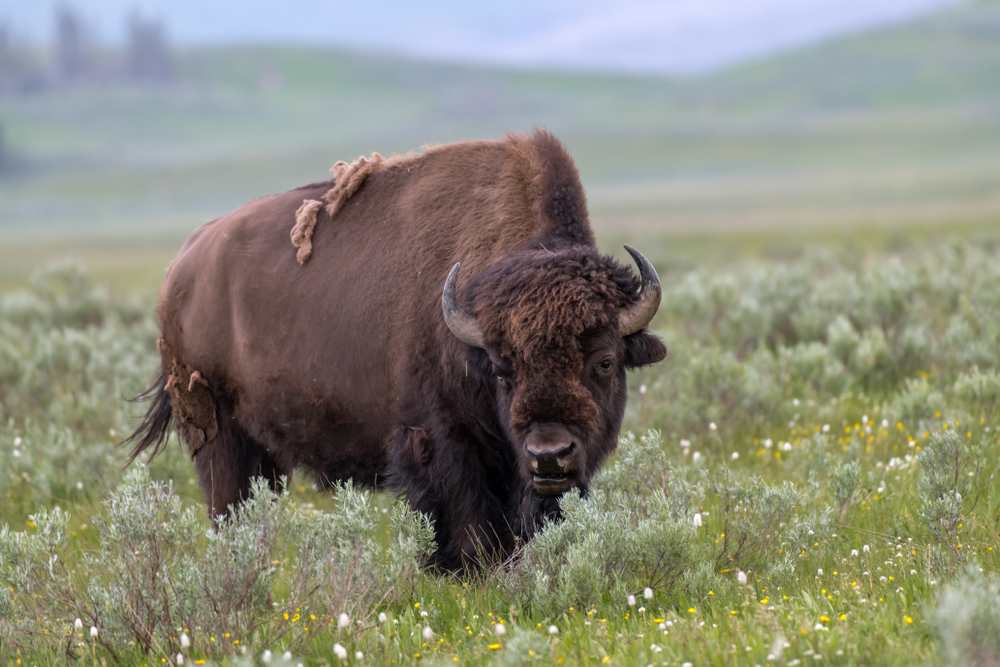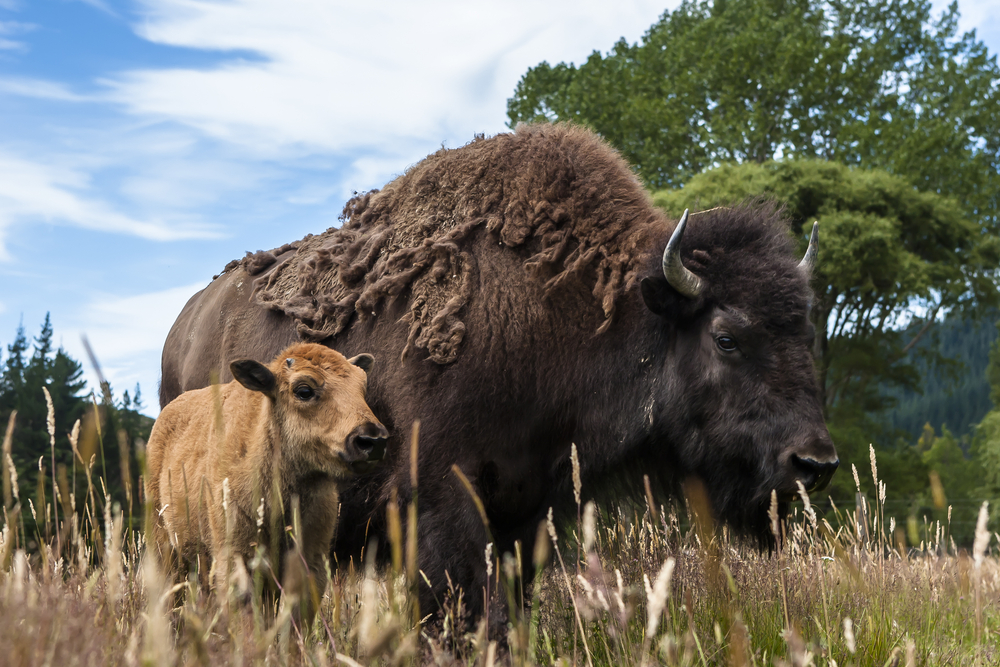The terms “bison” and “buffalo” are often used interchangeably, but they refer to different animals. Here are the primary differences between bison and buffalo:
- Species:
- Bison: “Bison” specifically refers to the two species found in North America, the American Bison (Bison bison) and the European Bison (Bison bonasus). The American Bison is commonly known as the plains bison or buffalo.
- Buffalo: “Buffalo” is a more general term and can refer to several species, including the African buffalo (Syncerus caffer), the Asian water buffalo (Bubalus bubalis), and the Cape buffalo (Syncerus caffer caffer). These species are not closely related to American Bison.
- Geographical Range:
- Bison: Bison are primarily found in North America, with the American Bison inhabiting regions of the United States and Canada.
- Buffalo: Buffalo species are found in various parts of the world, including Africa, Asia, and occasionally Europe.
- Physical Characteristics:
- Bison: American Bison have a hump on their shoulders and a massive, stocky build. Their fur is typically dark brown to reddish-brown, and they have a pronounced mane on their neck.
- Buffalo: African buffalo, for example, are larger and heavier than American Bison. They have a different physical appearance with curved horns that meet at the top of the head and a more bovine-like body shape.
- Horns:
- Bison: Both male and female American Bison have horns that curve upward and do not meet at the top of the head.
- Buffalo: Buffalo species often have horns that curve outward and then upward, forming a distinctive “V” shape. In some buffalo species, both males and females have horns.
- Behavior and Habitat:
- Bison: American Bison are adapted to the grasslands and prairies of North America and are migratory grazers, moving in search of fresh forage.
- Buffalo: Buffalo species have diverse habitats and behaviors depending on their region. For example, African buffalo are found in savannas and are known for their social behavior.
In summary, while “bison” is a specific term referring to the American Bison in North America, “buffalo” is a more general term used for various species found in different parts of the world. So, it’s more accurate to call American Bison “bison” rather than “buffalo.”
































































